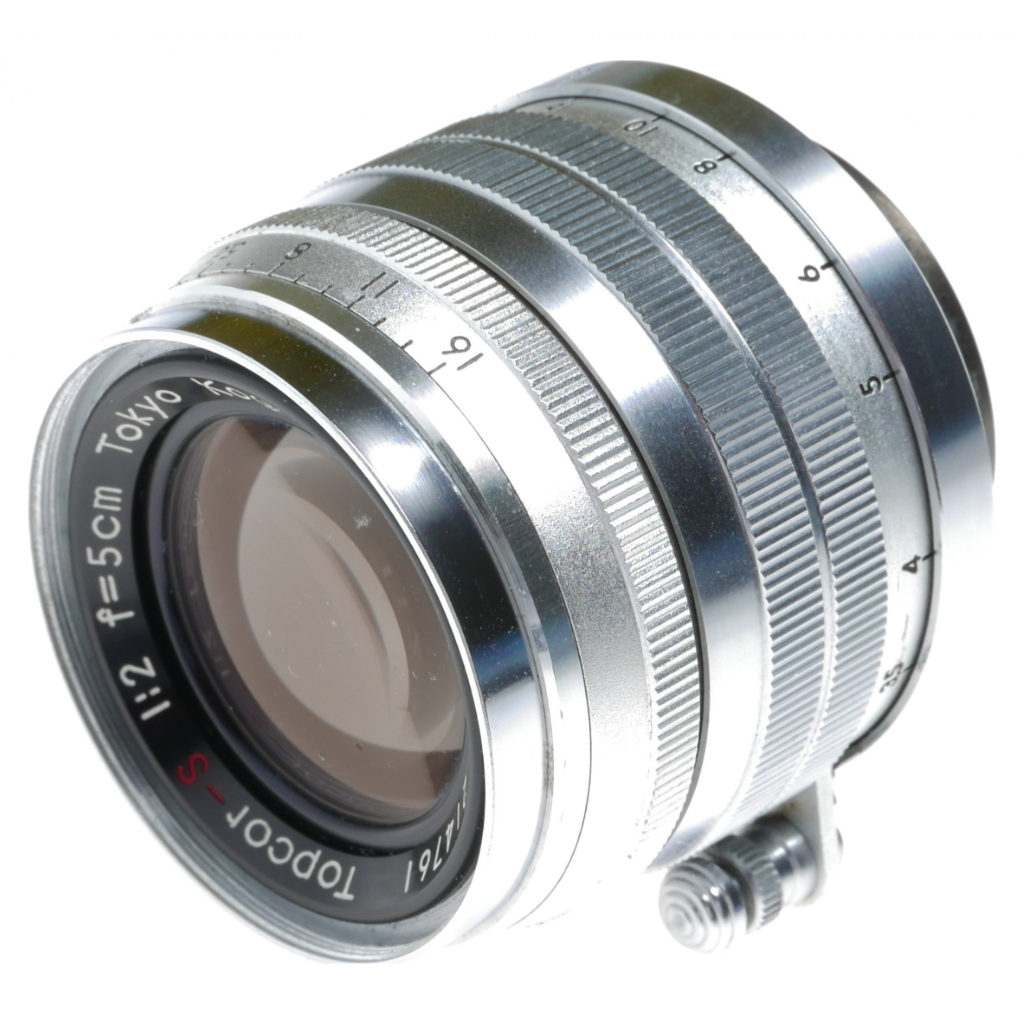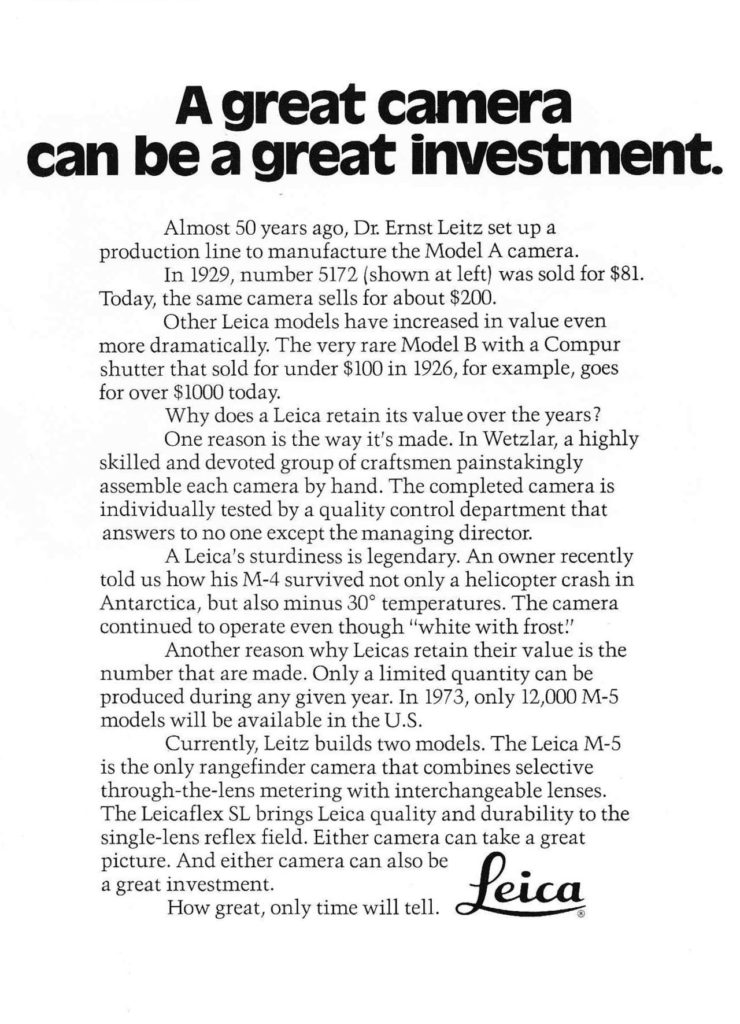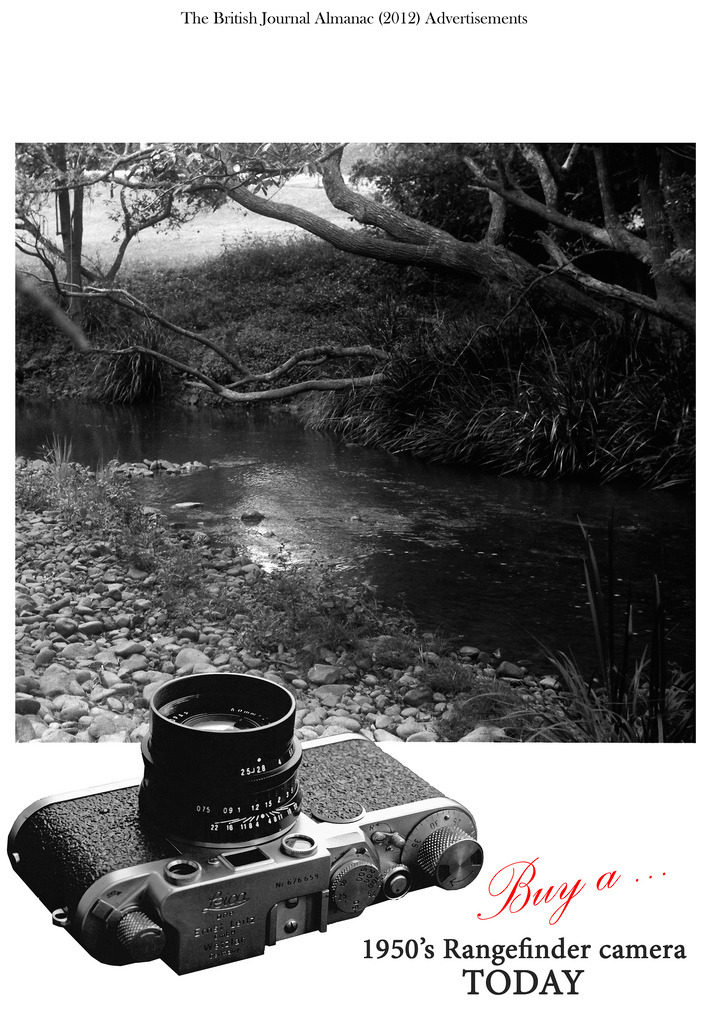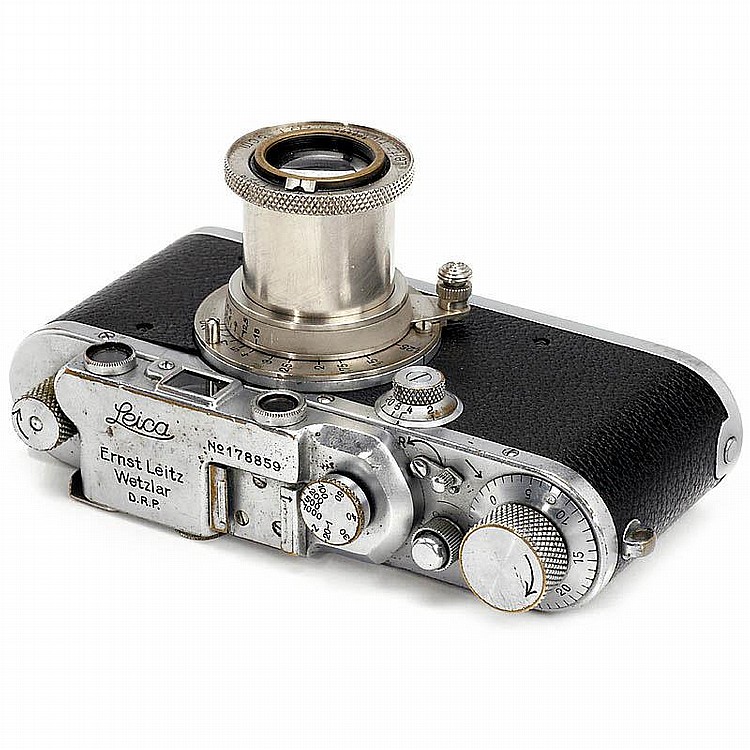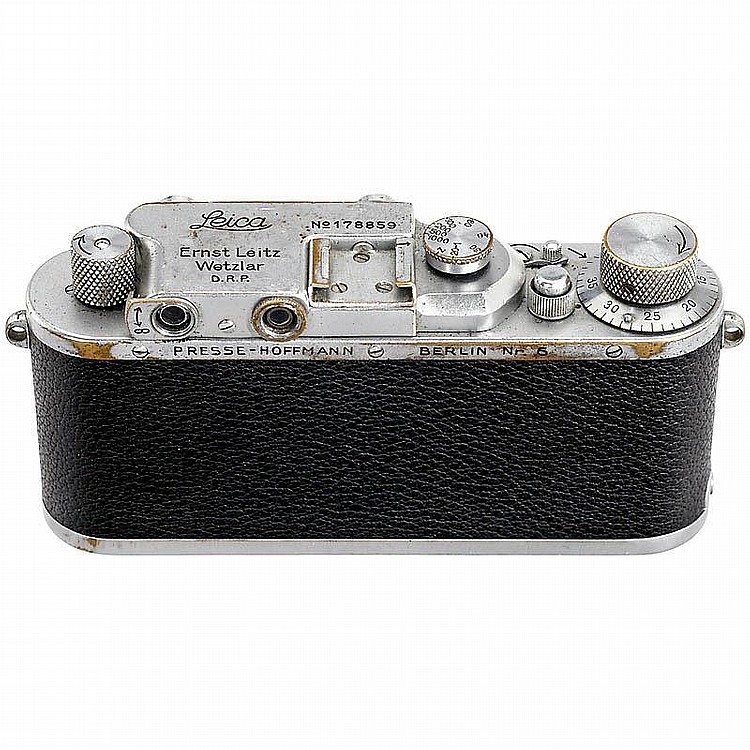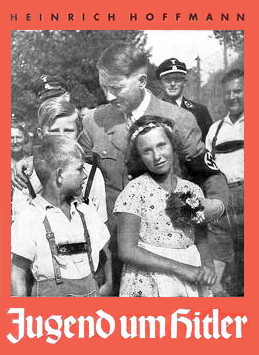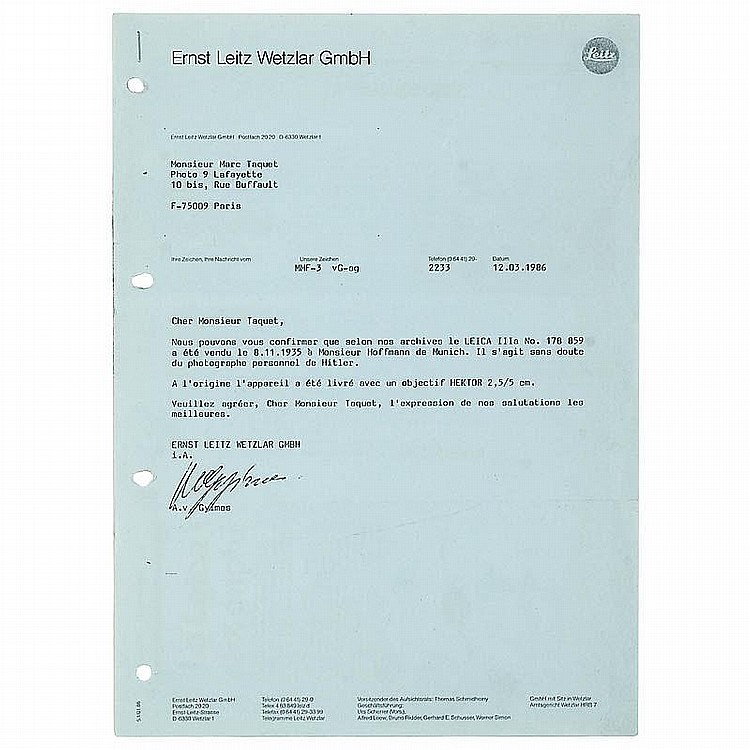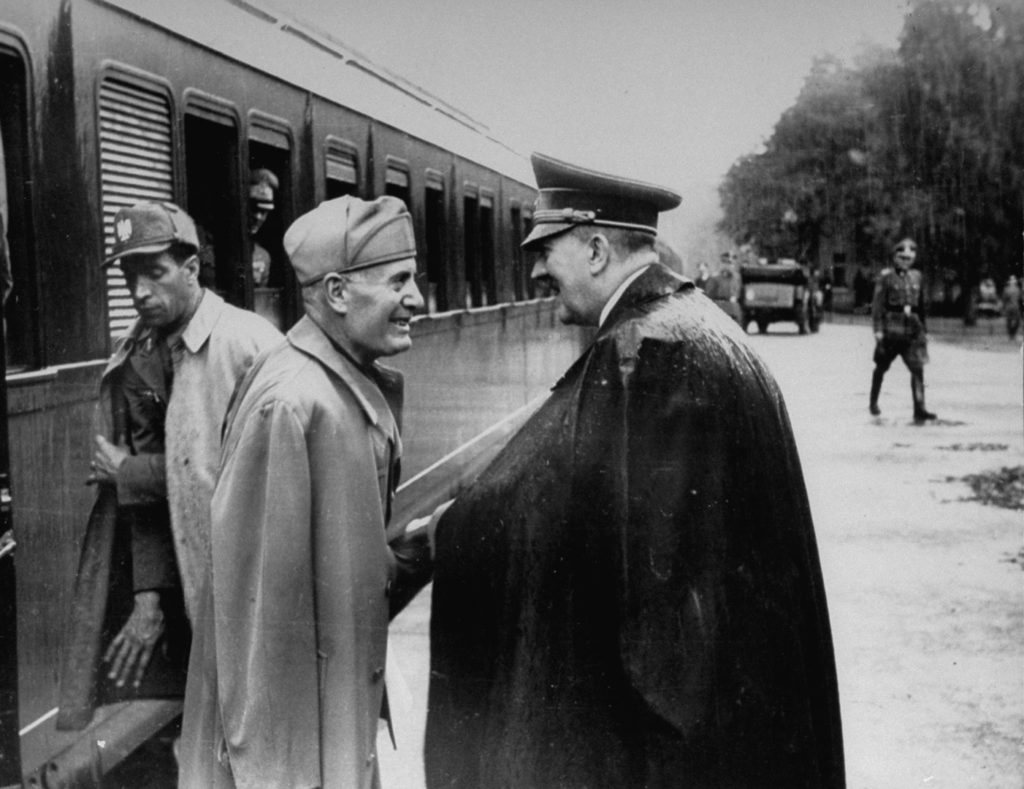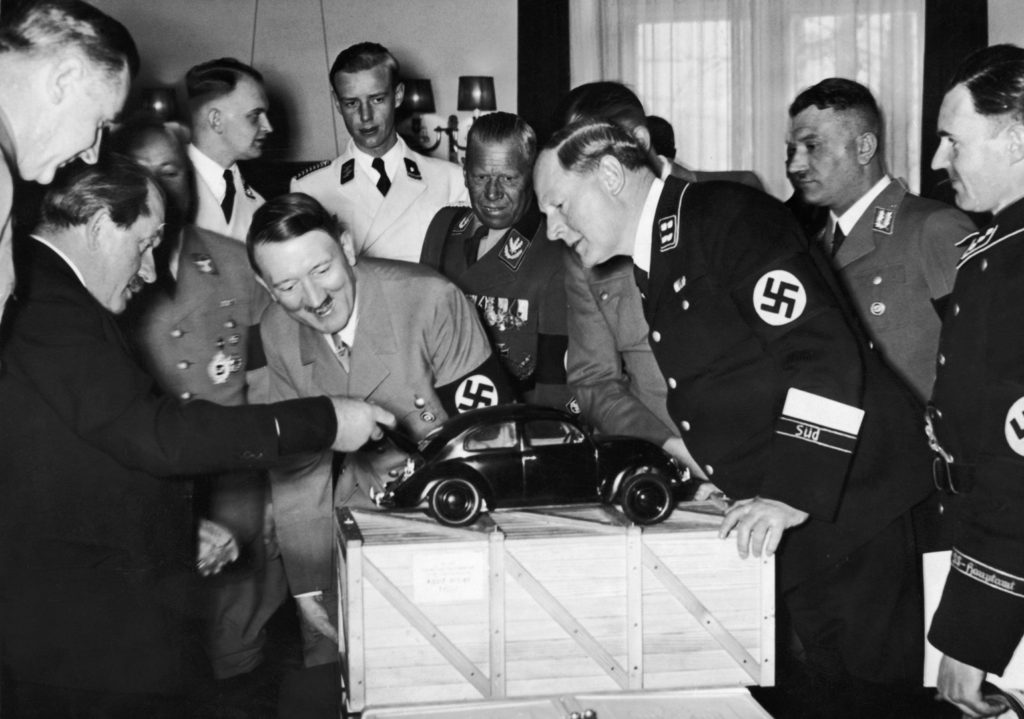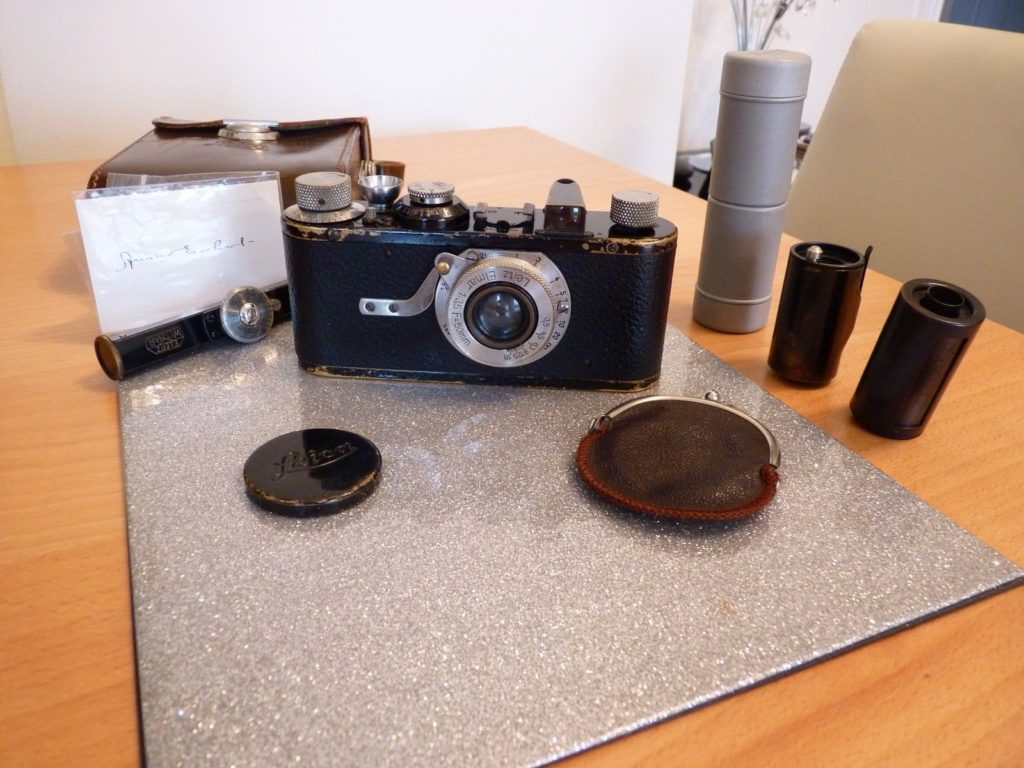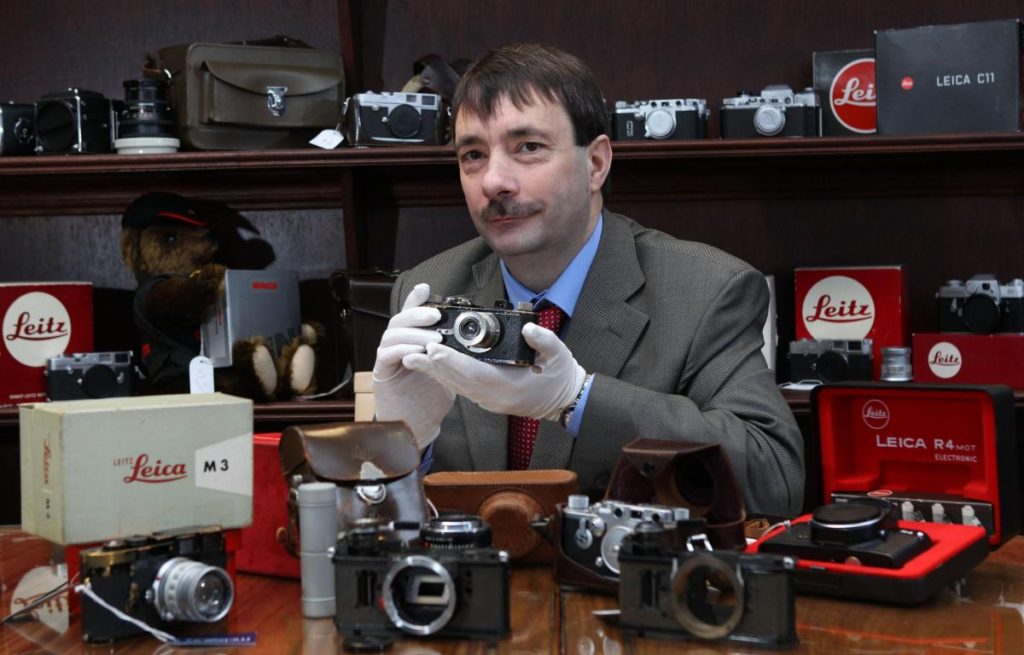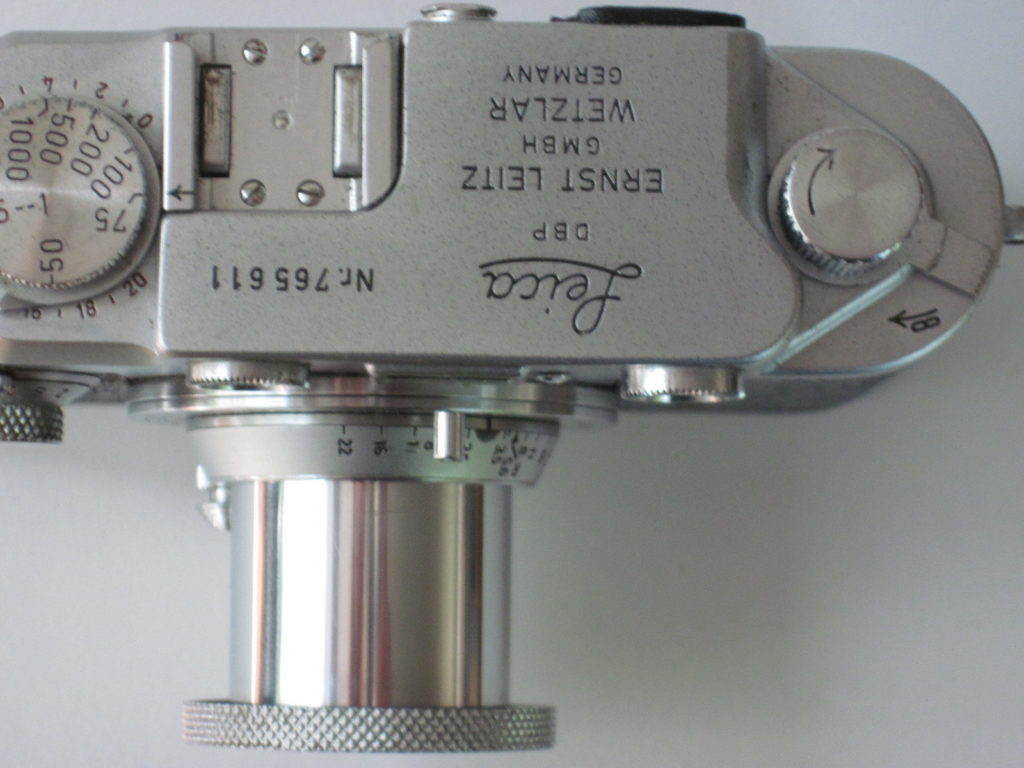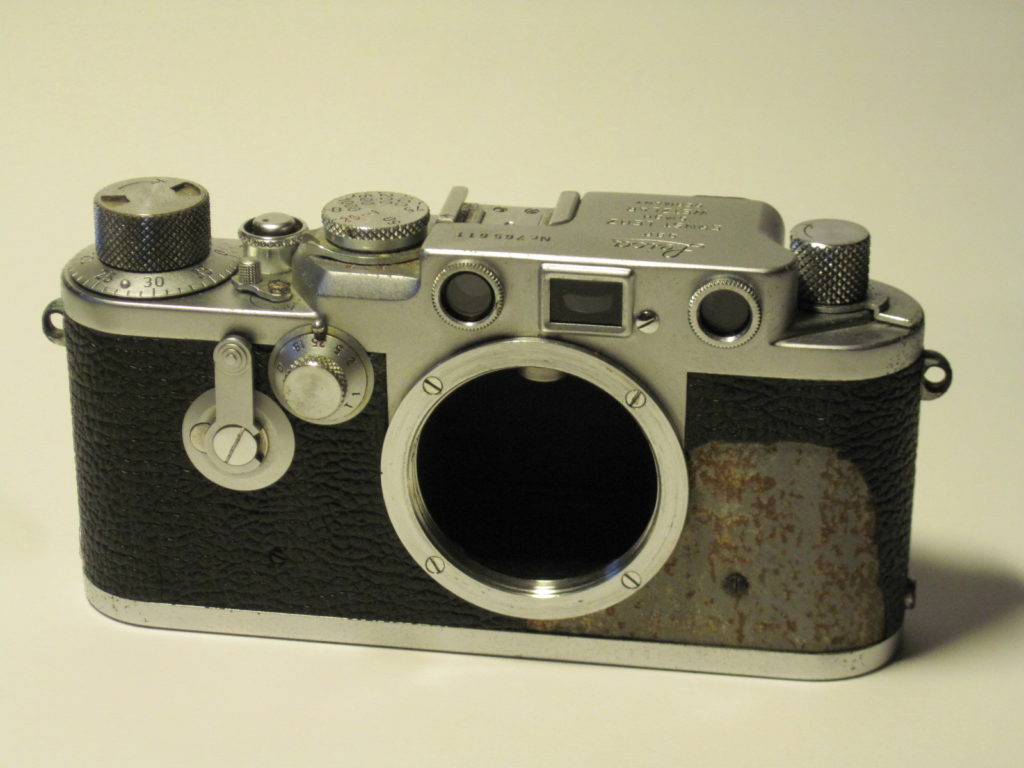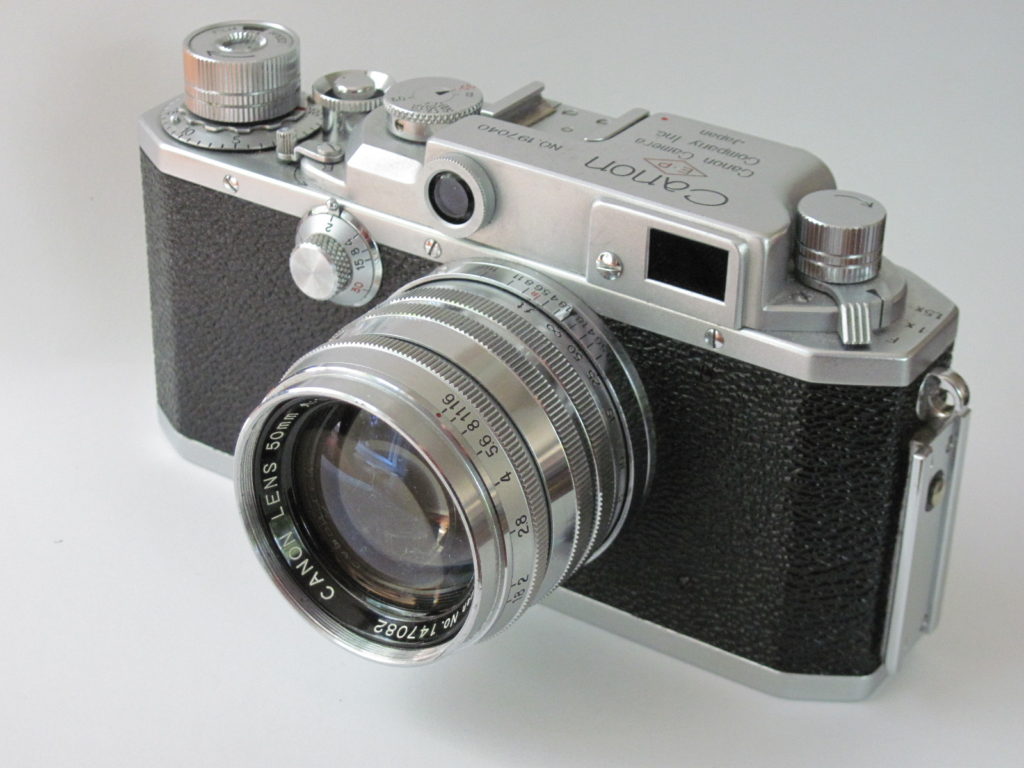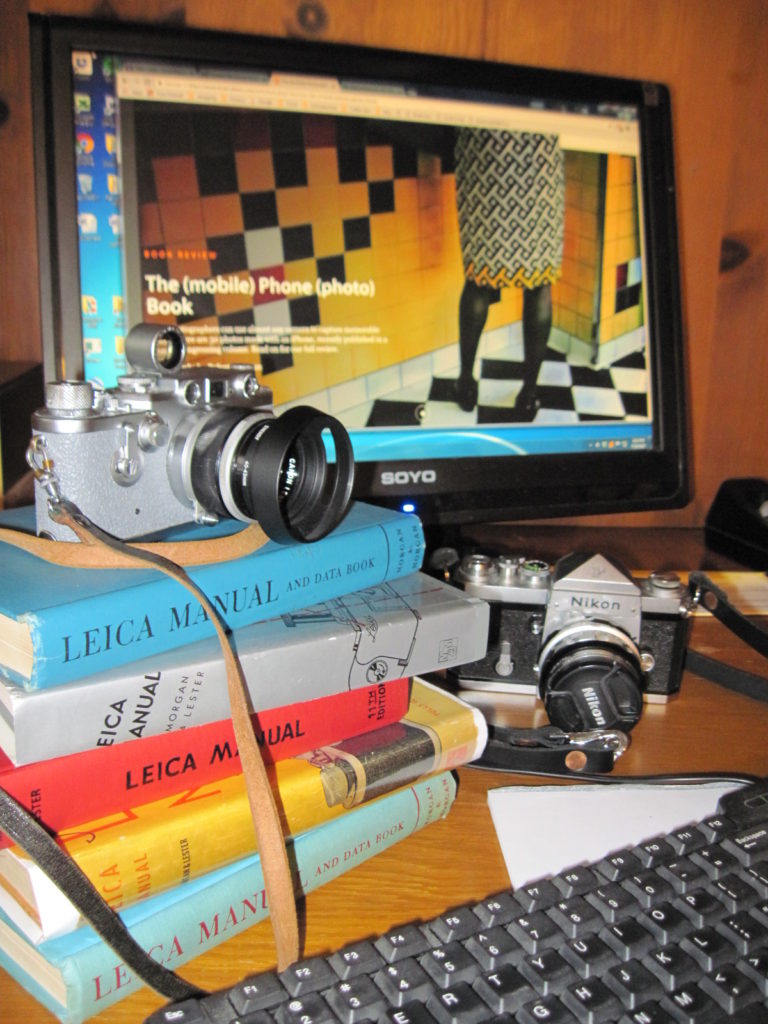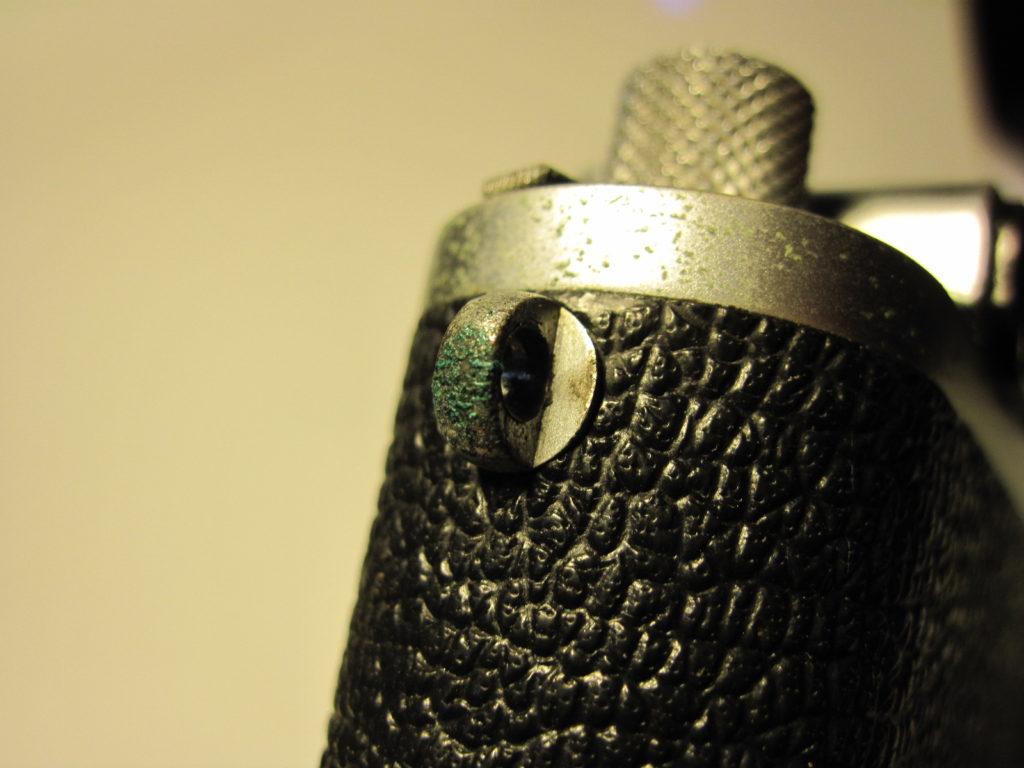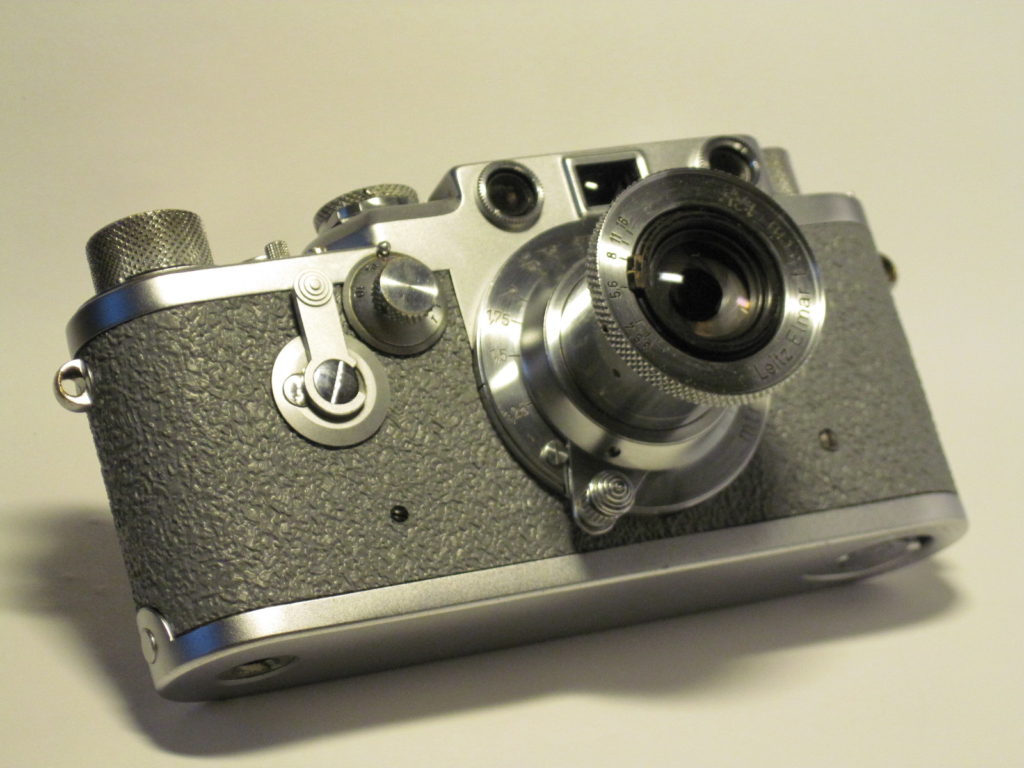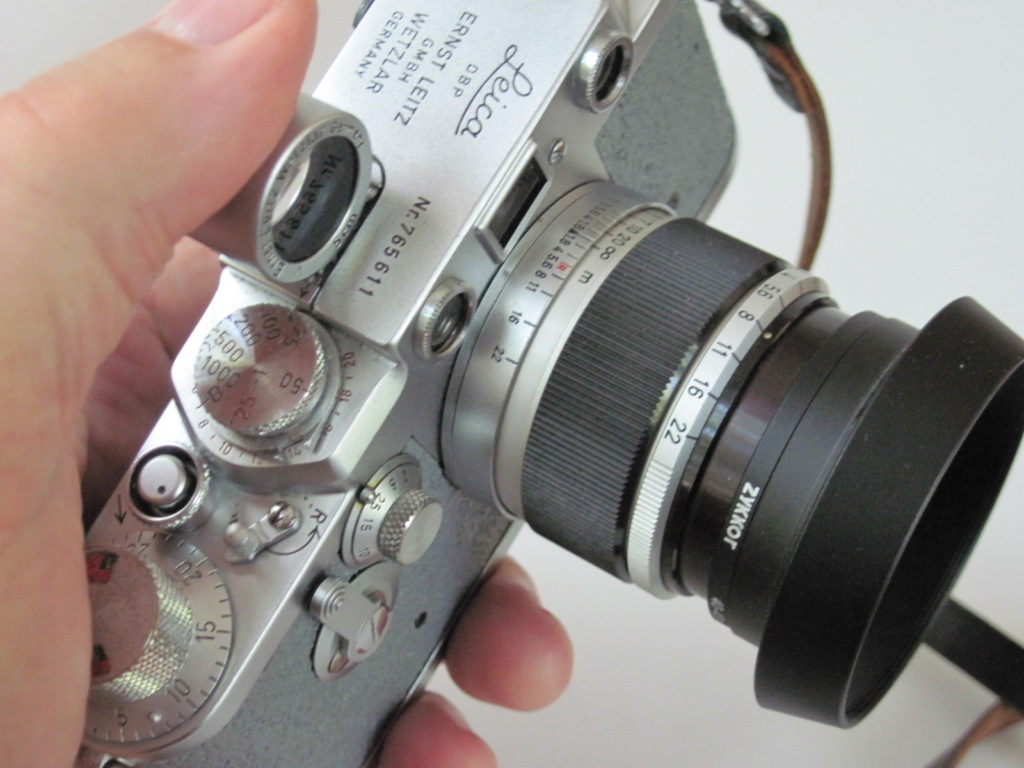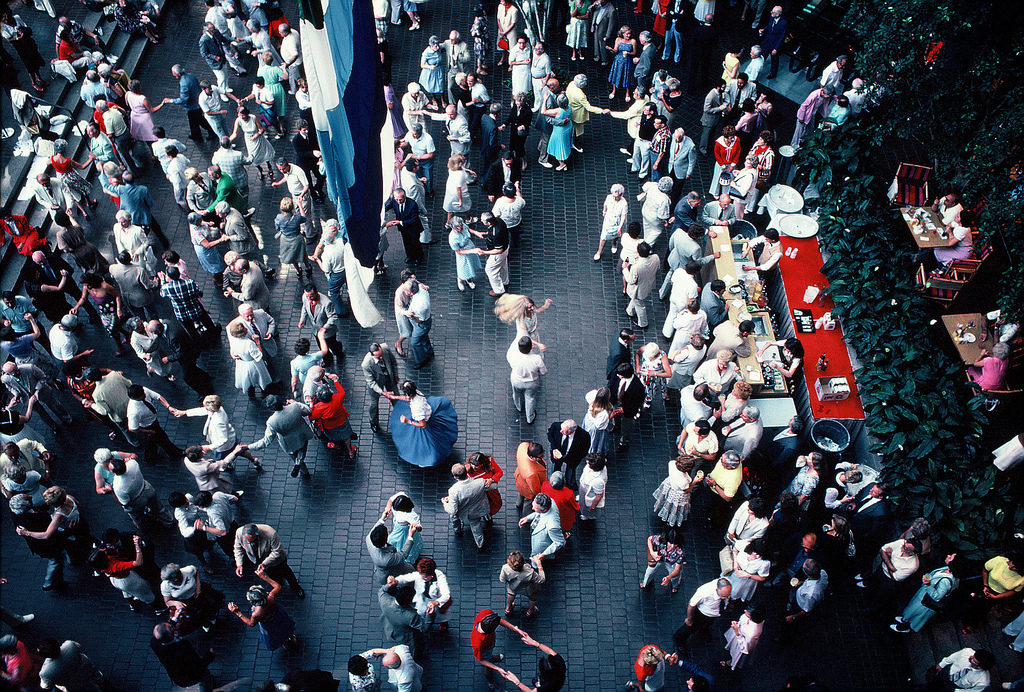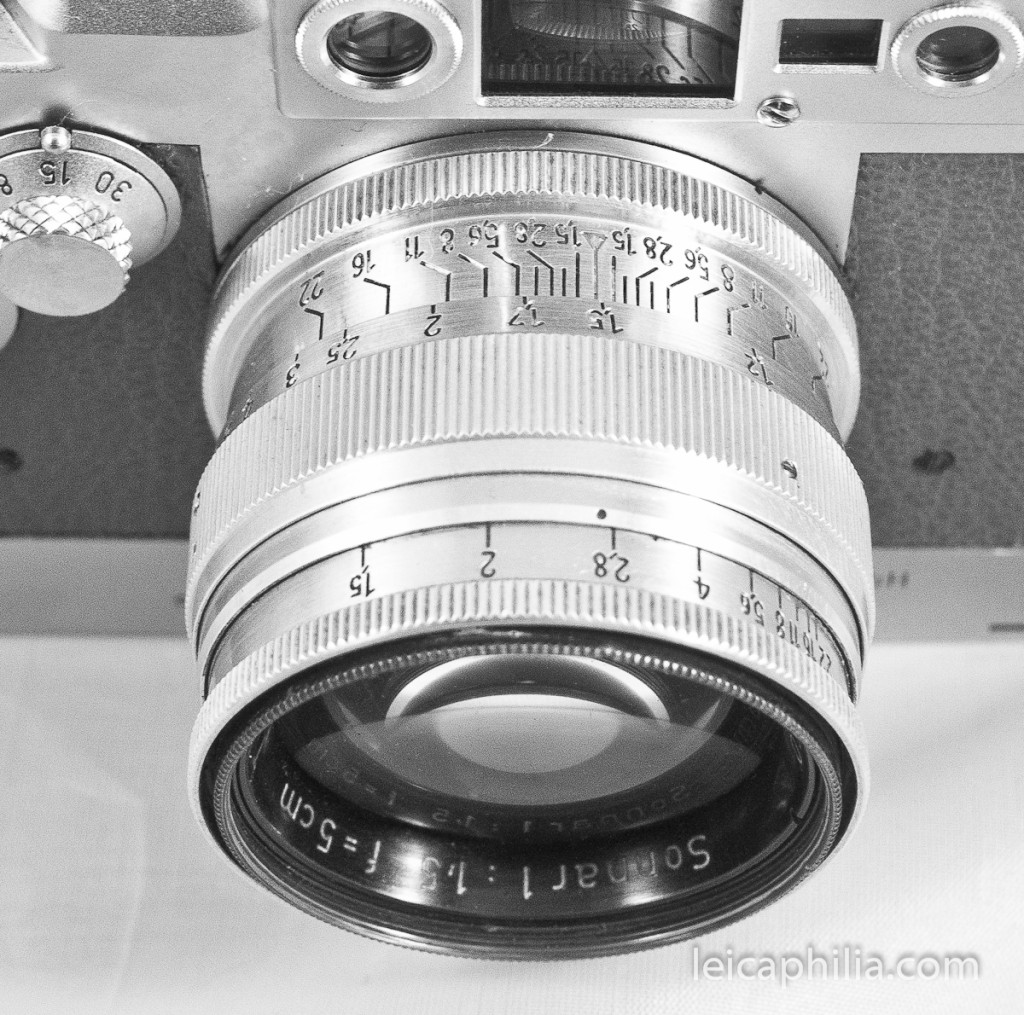
There’s no rhyme or reason when it comes to prices for film cameras, certainly when we’re talking about Leica and/ its alternatives. Case in point, the Leicavit-M rapid manual film advance winder which attaches to your Leica M to facilitate “rapid” winding of your film.Out the door you’ll pay $1400 for the winder. It’s an interesting accessory allowing the 50’s equivalent of ‘burst-mode’ shooting by dedicating your right hand to the shutter button while your left hand winds the film via the trigger lever located at the base of the camera body. Weird, but it works. Leica has been offering some variation on the trigger winder since the Leica III SCNOO winder first appeared in 1935.
*************

In 1956 Canon introduced the “Canon 5”, the V, trigger winder permanently attached. For a little more than the price of a new Leica Winder, I recently scored a beautiful black paint Canon V – Canon’s answer to the M3 – with almost new (“MINTY!) Canon 35mm 1.8 and matching Canon 50mm 1.8. The whole set. The V and the 50 are black paint, stripped, dechromed and repainted to spec by Sheudo in Japan, the 35 the black and chrome variant introduced with the V. The V in black paint 50 is a beauty, a stunning example of Canon’s minimalist rangefinder design ethos. My particular Canon V shows little to no evidence of usage, bright golden rangefinder patch, viewfinder clear and contrasty. The trigger winder works great. Both lenses are like new. It’s a lovely camera and two lens set-up, a perfect 1956 period piece highlighting the best Japanese camera technology of the era, all of it the equal of the now stratospherically priced Leitz offerings of the same era.
The introduction of the Leica M3 in 1954 presented an existential challenge to Canon/Nikon/Contax rangefinders. It was that revolutionary. Big, contrasty almost lifesize viewfinder (.91 magnification) big, bright rangefinder patch, parallax corrected for 50, 90 and 135mm focal lengths, its form factor an instant classic. In response, Nikon introduced the SP while Canon introduced the ‘original’ Canon VT, the “V” in August 1956 (not the be confused with all the other VT variants subsequently introduced by Canon, all of which didn’t possess the film advance knob of the original V). Canon produced it for only 10 months: April 1956 to February 1957. Its sales numbers were consequently low: 15,575. Unlike the M3, the V retained the Leica Thread mount. Canon launched it with three new LTM lenses: the improved 50mm f1.8, the new 50mm f1.2 and the 35mm f1.8.
The original V featured important rangefinder camera innovations: Most importantly, a rapid film wind trigger built into the camera base plate obviating the need to attach a Canon’ Rapid Winder’, a trigger winder for film advance, but also sporting a knob winder on the top plate that allowed film advance if necessary without the use of the trigger winder; a greatly improved viewfinder, described below; the improved shutter mechanism of the Canon IVSB2; a fully opening back for film loading, rather than the more difficult bottom loading of all previous Canons and the fiddly M3; replacement of the Canon flash rail with a compact PC outlet, compatible with many new electronic strobe flashes, and with a surrounding bayonet lock into which a new range of Canon flash units could be attached, compactly; and for the first time, a self-timer built into the camera body
Canon VT Viewfinder and Parallax Adjustment
The viewfinder of the Canon VT is nice, but not up to the M3’s lofty standards. It featured improved brightness and offered three viewing positions: the “35” position provided a full 35mm view, but without bright lines or parallax correction; – the “50” position gave a 70% of life-size view for the 50mm lens; – although not parallax corrected in the normal viewfinder, the Canon VT had a new feature in the accessory shoe. A pin in the center of the accessory shoe was raised and lowered according to the rangefinder focus. This pin linked to new V-type Canon accessory finders. The finders would raise and lower, moved by the pin, as the camera was focused, allowing them to correct automatically for parallax. This was an advanced feature unique to Canon.
*************

Canon 50mm f1.8 Lens 6 element, 4 group Planar design, 40mm filter
Canon, originally called Seiki-Kōgaku Kenkyusho (精機光学研究所), was formed in 1933 in Roppongi, Tokyo. The name meant “Precision Optical Instruments Laboratory”. Canon had a working relationship with Nippon Kōgaku (Nikon), who supplied lenses for the cameras which Canon manufactured. The Nikkor 5cm f/3.5 lens was commonly seen on the Hansa Kwanon (Canon), which also had its rangefinder manufactured by Nikon.
The Hansa Canon was launched in 1936. It was not until the late 1940s that Canon started to manufacture their own lenses. Initially, the lenses were labeled Serenar. This caused some confusion to customers as they were looking for a Precision Optical camera and a Serenar lens. In the early 1950s the company and branding changed to ‘Canon’.
The first Canon produced 50mm f/1.8 LTM (Type 1) was branded Serenar. It came in an all chrome configuration. This lens, originally sold with the “Leica copy” Canon II, III and IV, was patented in 1951 by Canon engineer Hiroshi Ito. It was patented in Germany and forced Leica to create the more complicated f2 Summicron design, which overall wasn’t better in performance than the Canon.
In April 1956, Canon introduced three new lenses to coincide with V: the new 35mm f1.8, a new Canon 50mm f1.2, and an updated Canon 50mm 1.8. The ‘Canon’ 50mm f1.8 was updated with new lightweight metal alloy and had black focusing and lens rings. It looked more modern than the full chrome version and it went better with the few black paint V’s you could special order from the factory, Canon did offer a full black paint version of the updated 50mm 1.8. You could buy the black paint lens/ body combo via special factory order. The black V body and 50mm full black lens remains one of the rarest of Canon rangefinder set-ups. So what if mine is a repaint. It’s as beautiful as an original and costs thousands less. Who gives a shit who painted it, some guy on the Canon assembly line or some passionate camera tech in Japan?

My Repainted Black Paint Canon 50mm 1.8 Rangefinder Lens. It’s a Beauty Even After 65 Years of Use.
*************

Canon 35mm f1.8 Lens 7 element, 4 group design, 40mm filter size.
Newly offered with the introduction of the V, the 35mm F1.8 had a light-weight aluminum alloy body with a satin chrome finish and a black aperture ring. It has a slow-twist barrel with full click-stops at 1.8, 2 up to 22. The Canon 35mm lens in 1956 made a great fit with the original V, as the camera had a bright viewfinder with a choice between 50mm and 35mm viewfinder positions without the need for an accessory finder.
Canon sold only 14,796 35mm 1.8’s before it was superseded by the 35mm f2, so it’s relatively rare. It’s very compact, more so than the Leitz 35mm 2.0 Summicron. Unlike the Summicron, you don’t need a hood as the glass is recessed in the Canon lens. It’s a traditional ’50s era film optic – not too contrasty, centers sharp, marginal edge softness at full aperture – much like the first version Summicron. Bright light will make the lens flare anyway because of the lens design – a hood isn’t going to help. Get one now; like the W-Nikkor 38mm 1.8 in LTM a few years ago, it’s going up in price daily and I suspect will be cost-prohibitive in the near future likethe W-Nikkor has recently become (I sold my almost perfect LTM W-Nikkor 35 1.8 about 5 years ago for $1800; today they’re going on Ebay for $3200 in average condition).

Latest Summicron, Zeiss 35 2.8, Canon, Leitz 40 f2. The Canon is a compact little lens
According to Dante Stella, 35/1.8 is one of Canon’s more underappreciated LTM lenses. Good sharpness without being too contrasty across the whole frame, smooth bokeh. These are often seen with cleaning marks, and they are getting harder to find. Mine, serial number 22321, is probably the cleanest copy I’ve ever run across. No cleaning marks, no haze, fungus, separation. The barrel is remarkably unworn. It’s clearly been taken care of.




My Canon 35mm 1.8, Circa 1956. Not repainted, but it’s a Beauty too. Together with the Black Paint 50 and the Black V, it Makes a Great Set.






